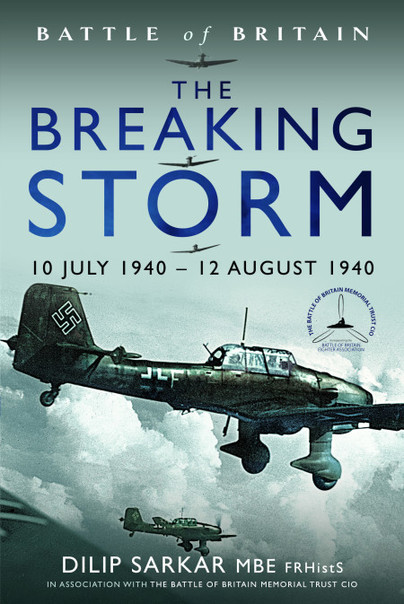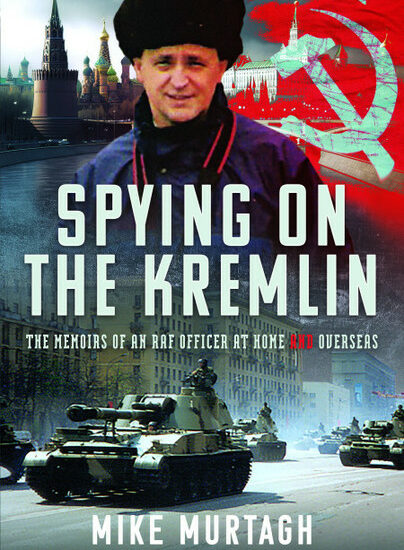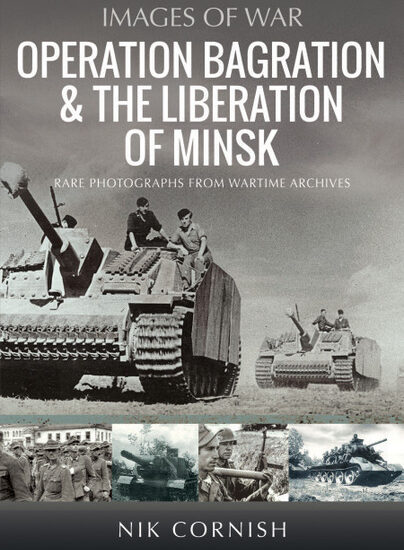Author Guest Post: Dilip Sarkar MBE
Grave Days: 8 & 11 August 1940
Twenty-five merchant ships, mostly colliers, heavy with coal from northern England and all requisitioned by the Admiralty, were assembled off Southend, ready to sail on 7 August 1940: Convoy CW9 (Coal-West 9), codenamed PEEWIT. Having forced the RN out of Dover, Luftwaffe chief Reichsmarschall Hermann Göring boasted that the Luftwaffe now controlled the Channel, and the traitor William Joyce – better known as the infamous ‘Lord Haw-Haw’ – lost no time in referencing this on his Hamburg-based Nazi propaganda radio show, goading the British that it was no longer the ‘English Channel’ but part of the ‘German Ocean’. Churchill was incensed. The intention now was to prove Göring and Lord Haw-Haw wrong – by forcing a passage through the Dover Strait for PEEWIT. The convoy was to weigh anchor at 1400 hrs on 7 August 1940, heading for the wharves of Portsmouth or Southampton.

So far, Luftwaffe losses were sustainable but the fighting to date indicated certain difficulties. Fighter Command clearly remained an effective force and was not suffering a death-blow of casualties in the ongoing coastal fighting. It was decided, therefore, that bomber formations must penetrate further inland, providing escorting fighters a greater opportunity for combat with the RAF – but this would actually give the defenders more time to reach high altitudes, as opposed to the short time available to do so during the Channel interceptions. The German fighter leaders on the Kanalfront were also realising that their 980 fighters were unlikely to be sufficient in order to defeat 11 Group, because the numbers of escorting fighters needed to be three times that of the bombers, and some fighters had to held back because the RAF fighter pilots were doggedly pursuing German aircraft all the way back to the French coast.
By now, the Germans also realised that RAF fighters were controlled from the ground, having listened to R/T orders directing the defending aircraft to accurate interceptions, although Luftwaffe Intelligence wrongly believed the ‘System’ to be territorially inflexible and that deeper penetrations by mass formations would overwhelm the defences.

By the early hours of 8 August 1940, PEEWIT had safely negotiated the Dover Strait – but the ‘Coal Scuttle Brigade’ had not gone unnoticed by the enemy’s ‘Freya’ radar, which detected PEEWIT steaming westwards towards the Isle of Wight. The convoy had been hit by the German 1st Schnellboot Flotilla, comprising four E-boats, commanded by Kapitänleutnant Heinz Birnbacher. In this ambush, off Beachy Head and Newhaven, the enemy had lain in wait, having correctly anticipated the convoy’s course via the mine-free shipping lanes. During the resulting attack, the Holme Force and Fife Coast had been sunk; the Ouse had collided with the Rye whilst taking evasive action and also sank. The damaged Rye remained afloat, however, as did the Polly M, but only just. The destroyer HMS Bulldog returned fire and claimed destruction of an E-boat but the convoy had been broken up, now snaking over ten miles, and would never properly resume formation. The worst, though, was yet to come – from the air.
The air battle over PEEWIT is forensically deconstructed, the action recorded minute-by-minute, proliferated with first-hand accounts, in The Breaking Storm: 10 July 1940 – 12 August 1940, this being Volume 3 of the eight-volume official history of the epic aerial conflict I have recently completed for The Battle of Britain Memorial Trust and National Memorial to The Few, published by Pen & Sword. Suffice it to say here that the defence of PEEWIT saw the heaviest fighting to date, involving some 300-enemy aircraft, the convoy being decimated on that first day of fighting, 8 August 1940: seven ships had been sunk and fourteen damaged with a total of twenty-four sailors killed; only four ships remained intact. On this day, Fighter Command lost fourteen Hurricane and Spitfire pilots missing or killed in action, whilst another later died of wounds – twelve of these men having been lost in the defence of PEEWIT – the most casualties in a single day thus far. Worse, however, was to follow.
The next two days saw reduced aerial activity owing to poor weather – which cleared on Sunday 11 August 1940 – another day of visceral fighting over the Channel. Dover was first to receive the enemy’s attention, German fighters and fighter-bombers attacking the port’s balloon barrage and harbour. Numerous confused fighter clashes subsequently occurred throughout the day over south-east Kent and the Dover Strait, and convoys BOOTY, AGENT and ARENA off Harwich. At 0945 hrs, Ventnor radar detected what was the largest German formation so far sent against Britain: fifty-four Ju 88s of I and II/KG54, and twenty He 111s of KG27, escorted by sixty-one Me 110s of I and II/ZG2, along with thirty Me 109s of III/JG2. Moreover, the selection of a mainland target – naval installations at Portland and Weymouth – represented a shift away from attacking convoys. RAF fighters from both 10 and 11 Groups intercepted, a huge air battle developing over Portland and back across the Channel, as the enemy withdrew after successfully attacking their targets.

On that hard-fought day of 11 August 1940, Fighter Command lost twenty-five pilots killed – the highest number of fatalities since the Fall of France and throughout the entire sixteen-week long Battle of Britain. Worryingly, the number of pilots lost exceeded that of the daily provision of replacements – and, of course, these new pilots lacked combat experience. Fighter Command had flown over 400 interception sorties, nearly 200 more protecting convoys and a further 150 routine patrols. Nonetheless, Fighter Command could increase this effort without being overstretched – but so too could the Germans, however, who had only committed some 400 aircraft to battle on this significant day.
Feldmarschall Hugo Sperrle, commanding Luftflotte 3, was delighted with the day’s result, signalling his fighter units and congratulating them on their ‘excellent’ performance ‘near Portland’. Oberleutnant Paul Temme, the adjutant of I/JG2, remembered that orders that day were to ‘tie down the British fighters, come what may, for thirty-five minutes. No quitting before time’ – and that the German fighters had indeed done an ‘excellent’ job of committing the defending fighters was indisputable.
In future, the RAF pilots would need to find a way to get through to the bombers, come what may …
Dilip Sarkar MBE, FRHistS, FRAeS
Link to Volume 2.
Dilip Sarkar’s YouTube Channel.
Dilip Sarkar’s Website.
Find Dilip Sarkar on Facebook.
Battle of Britain Memorial Trust CIO.


